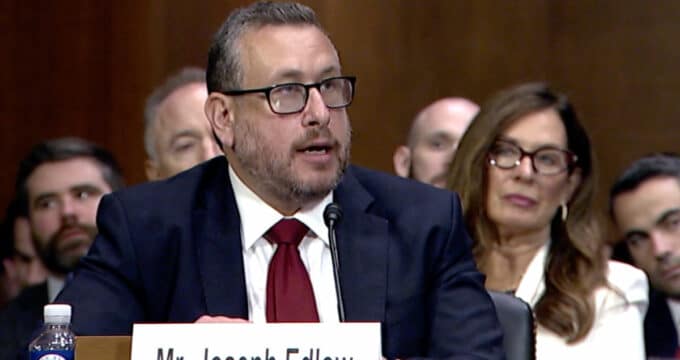Three-year degree programmes in USA rising in popularity
The rising cost of college tuition and the impact of the economic downturn has sparked a new trend in the US, with more and more schools offering three-year degree programmes, enabling students to save money and begin their careers or graduate studies earlier. Various schools including Grace College and Seminary, Baldwin-Wallace College, Lesley University, St. John’s University and American University offer shorter programmes, according to a running list created by the National Association of Independent Colleges and Universities (NAICU). And the programmes are increasingly being explored, both by prospective institutions and college-bound students and parents, says NAICU’s Director of Communications Tony Pals. "The economic downturn has encouraged more students and families to consider the three-year option, and for academically well prepared and highly focused students, these programmes can be very attractive and can represent a significant cost savings for consumers." Pals says. Universities News reports that in Ohio, recent legislation has made three-year programmes a required option at four-year public universities. According to John Charlton, communications deputy director with the Ohio Board of Regents, colleges are required to have 10 percent of their programmes available as three-year programmes by the end of this year. By 2014, schools will be required to have 60 percent of their programmes with the three-year degree option. Student loan debt nationwide has exceeded US$1 trillion, and continues to increase at about US$2,853.88 per second, according to FinAid.org. Ohio ranks seventh nationally in student debt with an average of US$27,213 per student. Ohio’s new requirement will not reduce the number of credit hours required for degrees. Instead, it calls on universities to illustrate how a student could graduate a year sooner by attending college in the summer, testing out of classes with Advanced Placement assessments for high school students, taking college courses during high school with the post-secondary enrollment program or through an early college high school or applying for college credit for career-technical experience. Students can also take more courses than a typical full-time student. “The idea is to encourage students to take advantage of programmes in place and get a head start on college,” Charlton told the Zanesville Times Recorder. “They can gain credits prior to graduating high school and shorten their time in college. We’re asking state colleges to define the plans for students, something the students have done themselves in the past.” US News also recently commented on the popularity of dual enrolment courses which enable students to earn college credits in advance, thereby shortening their time at university. In an effort to become more affordable, officials at Grace College originally toyed with discounting tuition, Provost William Katip says. But fearing that such a move may seem too "gimmicky," Katip says the school instead revamped the curriculum and calendar to accommodate three-year graduation plans for its 50 undergraduate majors. For three years, students take more, short courses during the fall and spring semesters, and any credits taken in the summer are free (except for a US$125 technology fee). Based on the school's accounting, the plan can save students up to 50 percent on college, between costs they don't pay and salaries they could begin to earn a year early. "Twenty-five percent is saving a whole year right up front," Katip figures. "The other 25 percent: Our annual tuition is very close to what our first-year graduates make. The fact is, you're out working and you've got one year of earnings." Students with financial need would also be spared a year of college loans, he adds. Rather than entering the workforce a year early, other students in three-year degree programmes may use the extra year to travel overseas, volunteer abroad, or head to graduate school sooner. For some students, however, the cost savings might not be a worthy trade-off for the potential pitfalls of an accelerated degree. "The downside is that it gives students less opportunity to explore different academic options, which could be a challenge for those students who go into college not quite sure of the direction they want to head," NAICU's Pals says. Critics have said that the vast majority of students are not equipped to handle such rigorous programmes. Daniel J. Hurley, director of state relations and policy analysis for the American Association of State Colleges and Universities, pointed out that according to federal data, 57 percent of first-time, full-time freshmen students earn their degrees within six years, not four. Sources: US News, Universities News
Most Recent
-
Asia “consolidating as the leading destination region” for international students Read More
-
Kazakhstan sets its sights on being a regional hub for international students Read More
-
US: Study estimates that changes to international student policies could reduce GDP by up to US$481 billion per year Read More
















